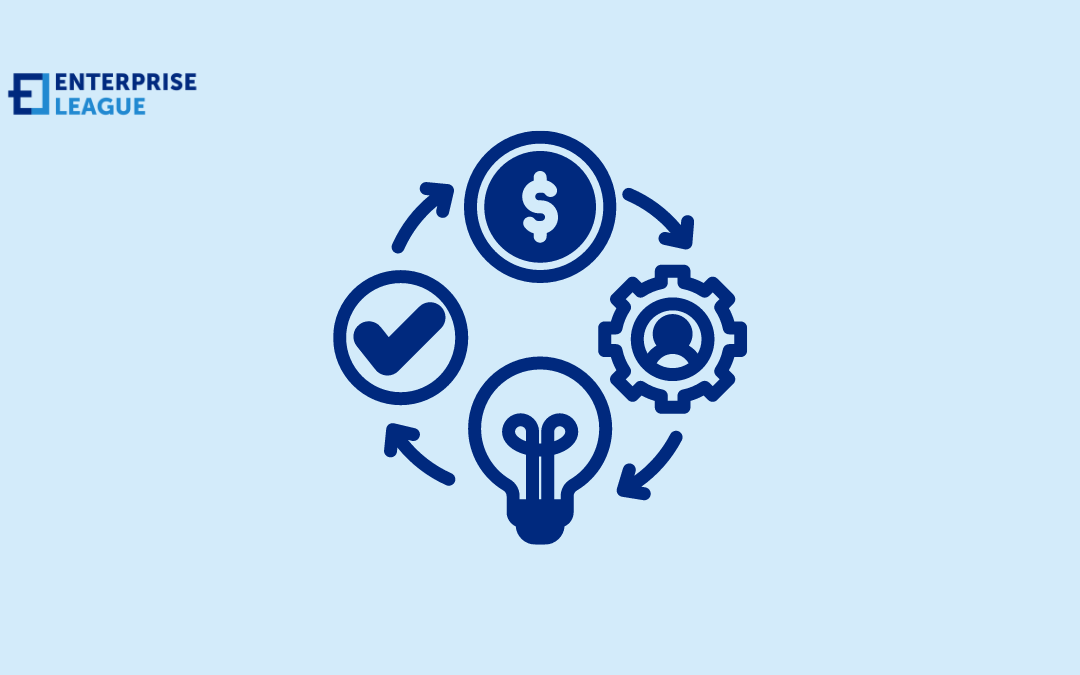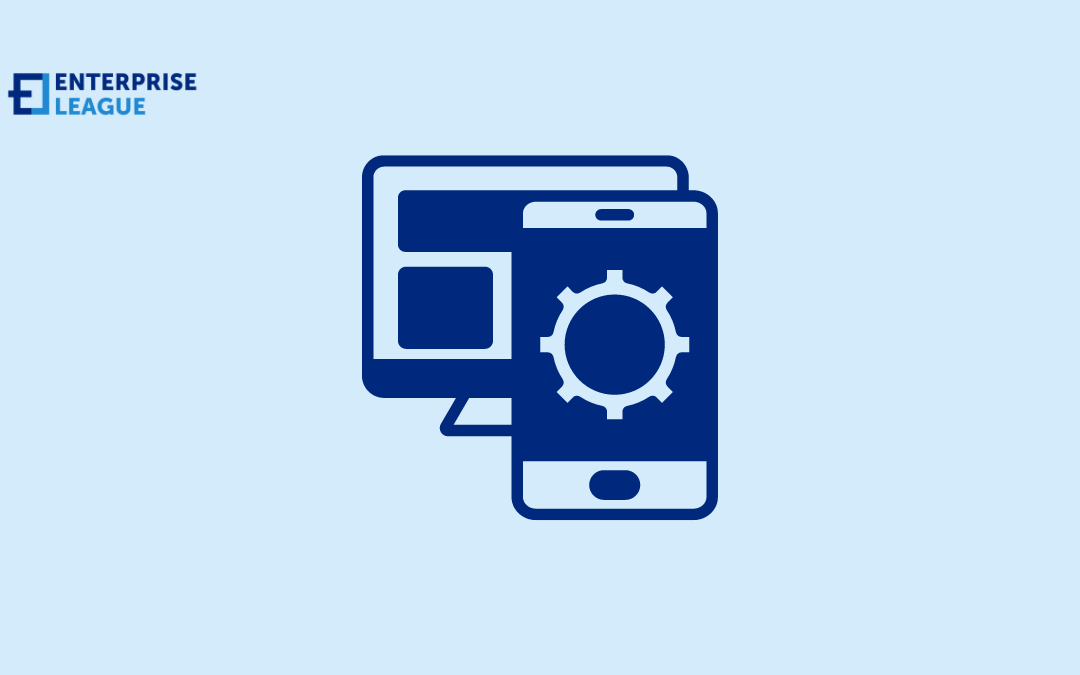From reduced fees to instant settlements, let’s talk why businesses are leaving money on the table by saying no to crypto and why they are making a big mistake.

Lean and mean: Profitable business models
“Lean and mean” business models have emerged as a powerful approach to achieving sustainable success. These models prioritize streamlining operations, eliminating waste, and focusing resources on core value propositions and companies that adopt efficient, streamlined, and cost-effective business models are not only more likely to survive but also to thrive.This article explores the rise of innovative business models that prioritize profitability over scale, showcasing how companies large and small are redefining success in the modern marketplace.
What is a “lean and mean” business model
Imagine a business that thrives on efficiency, creating exceptional value for customers while minimizing waste. That’s the essence of the “lean and mean” business model.
Populated by Toyota’s production system, it’s not just about slashing costs, but about doing more with less to deliver a superior customer experience. This philosophy has taken root across industries, and here’s why it matters:
The core principles:
- Waste reduction: Eliminate unnecessary processes and resources.
- Process optimization: Streamline operations to enhance productivity.
- Customer value: Deliver high-quality products or services without inflated costs.
- Agility: Quickly adapt to market changes and customer needs.
Take a look at CreditNinja for example, an online lender specializing in affordable personal loans for borrowers with low credit scores. They exemplify the lean and mean model by offering a quick, fully online application process. This efficiency allows them to provide fast funding, meeting urgent financial needs with minimal overhead.
Implementation steps:
- Identify inefficiencies: Regularly audit your processes to find and eliminate waste.
- Optimize workflow: Simplify and streamline tasks to boost productivity.
- Focus on core strengths: Concentrate on what you do best and outsource the rest.
- Pursue continuous improvement: Constantly seek ways to refine and enhance your operations.
Embracing minimalism in business
Forget just clean lines and uncluttered desks. Minimalism in business is a powerful strategy for boosting efficiency and focus. By prioritizing what truly matters and eliminating unnecessary extras, companies can streamline operations, reduce costs, and achieve superior performance. Minimalism brings a lot of advantages and the crucial ones are:
- Cost-cutting efficiency: Minimizing clutter and complexity leads to significant cost savings across the board.
- Laser-sharp focus: Resources are concentrated on core activities, maximizing effectiveness and impact.
- Streamlined decision-making: Fewer distractions and simplified processes allow for quicker and more effective decision-making.
Apple stands as a prime example of how minimalism can be a powerful business strategy. Their unwavering commitment to simplicity, evident in everything from their sleek product design to their focused marketing campaigns, dominated the tech industry. By maintaining a lean product lineup and prioritizing efficient operations, Apple has achieved sustained profitability, demonstrating the power of minimalism in action.
How to achieve business minimalism
Embracing minimalism in business means focusing on what truly matters, eliminating excess, and optimizing resources for maximum efficiency and impact. Here’s how to achieve it:
- Simplify product offerings: Focus on fewer, high-performing products or services.
- Streamline operations: Remove unnecessary steps and automate where possible.
- Automate routine tasks: Use technology to handle repetitive tasks efficiently.
- Keep overheads low: Maintain minimal fixed costs to enhance flexibility.
Leveraging technology for lean operations
Technology is the secret weapon for achieving lean and mean operations. It automates tasks, streamlines processes, and unlocks valuable data insights – all leading to greater efficiency and cost reduction.
Technological Tools:
- Automation software: Tools that automate routine tasks, reducing the need for manual effort.
- Cloud computing: Provides scalable, cost-effective IT solutions without the need for extensive hardware.
- Data analytics: Offers insights that can lead to more informed and efficient decision-making.
Take a look at Amazon’s warehouses for example. By integrating automation and robotics, they’ve significantly lowered labor costs and skyrocketed productivity. This translates to competitive pricing and lightning-fast delivery for their customers.
Implementation tips:
- Invest in scalable technology: Choose tools that can grow with your business.
- Ensure integration: Make sure your tech solutions work well together to avoid silos.
- Focus on usability: Select systems that are easy for your team to adopt and use.
- Stay current: Keep up with technological advancements to maintain a competitive edge.
Maximizing customer value with lean strategies
While lean models focus on efficiency, they also prioritize delivering exceptional value to customers. Balancing cost-cutting with customer satisfaction ensures long-term success and loyalty.
Strategies to maximize value:
- Know your customers: Use data and feedback to understand and meet customer needs.
- Deliver quality efficiently: Ensure high standards without incurring unnecessary costs.
- Enhance customer experience: Simplify and streamline customer interactions and service.
Example of excellence is Zara, the fast-fashion giant, uses a lean supply chain to bring new trends to market rapidly and affordably. Their efficient operations keep costs low, allowing them to offer stylish, quality clothing at accessible prices.
Steps to achieve this balance:
- Listen to customer feedback: Continuously gather and act on customer insights.
- Optimize your supply chain: Ensure every link in the chain is as efficient as possible.
- Maintain quality control: Uphold high standards without increasing costs.
- Streamline customer service: Use technology to make interactions swift and effective.
Adapting lean practices for business growth
Adopting a lean and mean approach is not just for survival; it’s a strategy for thriving and growing sustainably. By maintaining a focus on efficiency and value, businesses can scale effectively without bloating costs.
Growth benefits:
- Scalability: Lean practices can be scaled as the business grows, maintaining efficiency.
- Sustainable Expansion: Growth occurs without a proportional increase in waste.
- Quick Market Adaptation: Businesses can swiftly respond to new opportunities and challenges.
Since it started as a lean startup focused on cloud storage Dropbox is a real life example for this. Over time, they scaled their operations efficiently, supporting a vast global user base while keeping operational costs low. Their lean approach allowed them to grow rapidly and sustainably.
Steps to scale leanly:
- Regularly review operations: Continually seek and implement improvements.
- Choose scalable solutions: Invest in tools and processes that grow with your business.
- Stay customer-focused: Align growth with customer needs and preferences.
- Cultivate a lean culture: Promote a mindset of efficiency and innovation across your team.
Conclusion
The “lean and mean” business model is a dynamic approach that emphasizes efficiency, cost-effectiveness, and value creation. By streamlining operations, leveraging technology, and focusing on customer satisfaction, businesses can thrive in any economic environment. Companies like Apple, and Zara demonstrate that with the right strategies, it’s possible to achieve sustained profitability and growth. Embrace these principles and transform your business into a lean, mean success machine.
More must-read stories from Enterprise League:
- Get inspired from this list of creative small business ideas.
- Debunking the most common myths of entrepreneurship.
- Implement a CRM strategy for your business using this guide.
- Creative and profitable outdoor business ideas you should be aware of.
Related Articles
Businesses that don’t accept crypto: 11 reasons why they are making a big mistake
23 insightful business risk quotes
We’ve listed 23 inspiring business risk quotes that will remind you that the reward of taking calculated risks most often outweighs the possible drawbacks.
23 family business quotes to keep you motivated
We’ve made a list of 23 inspirational family business quotes that were shared by people who had been through difficult times and overcome those challenges.
16 trending application security startups in 2025
These 16 trending application security startups are poised to revolutionize the industry with unique approaches when it comes to addressing critical challenges.
Inspiring change: Women redefining the business field
From startups to Fortune 500s, in this article we will see how women leaders are transforming industries with fresh perspectives and innovative approaches.


















